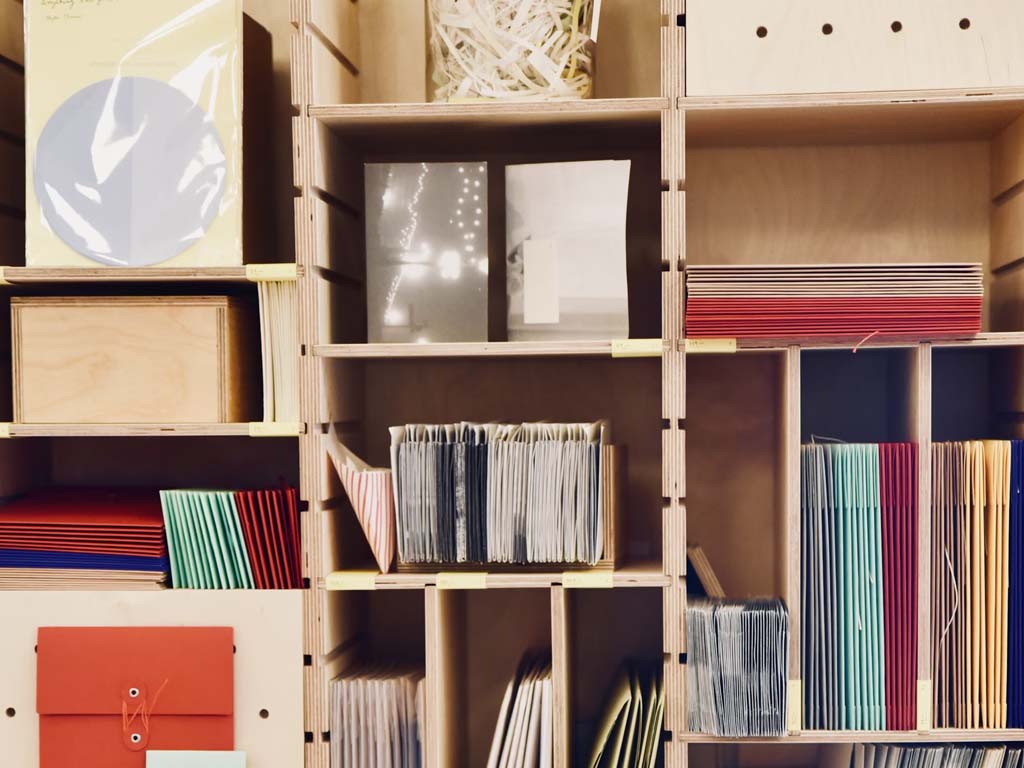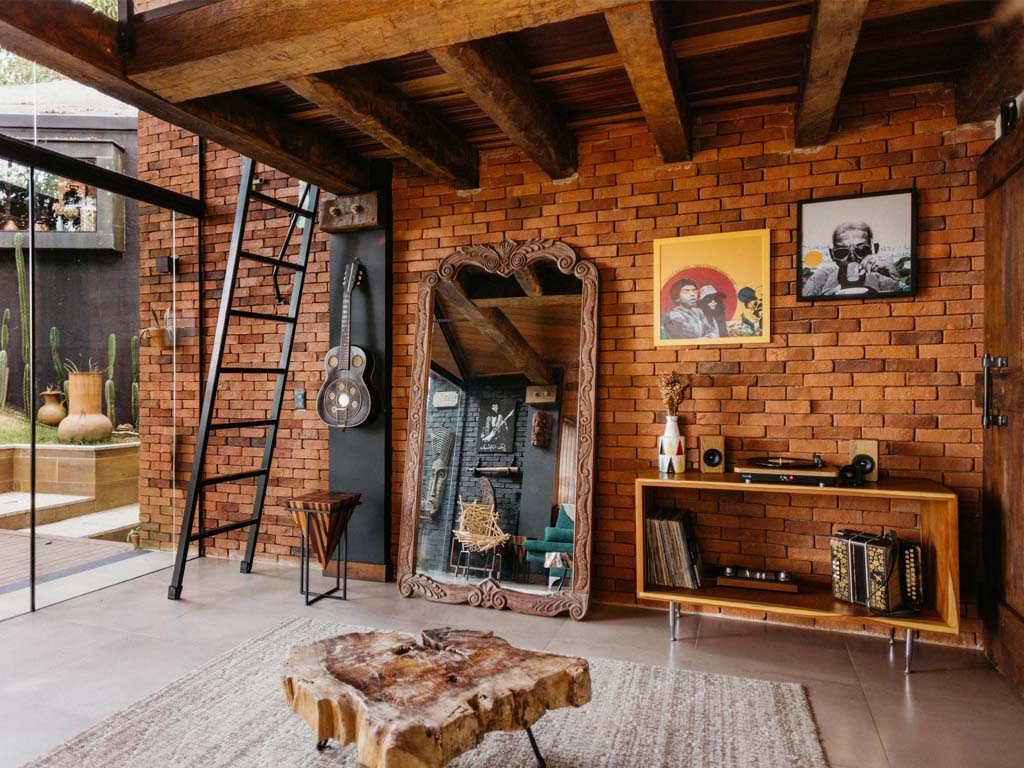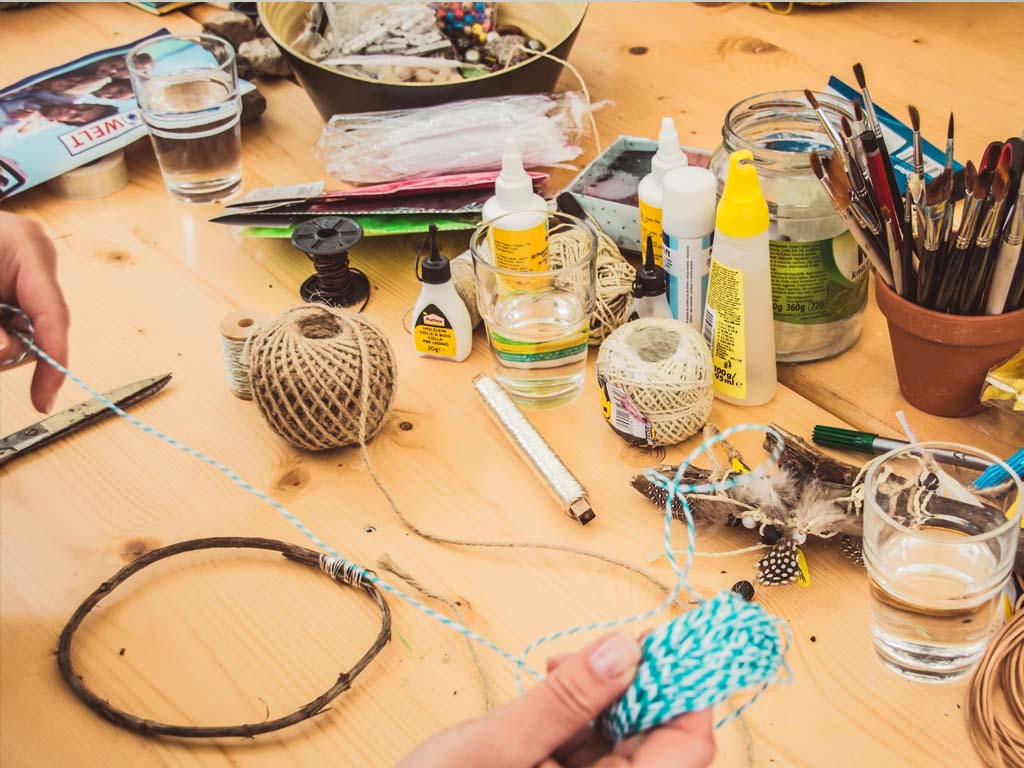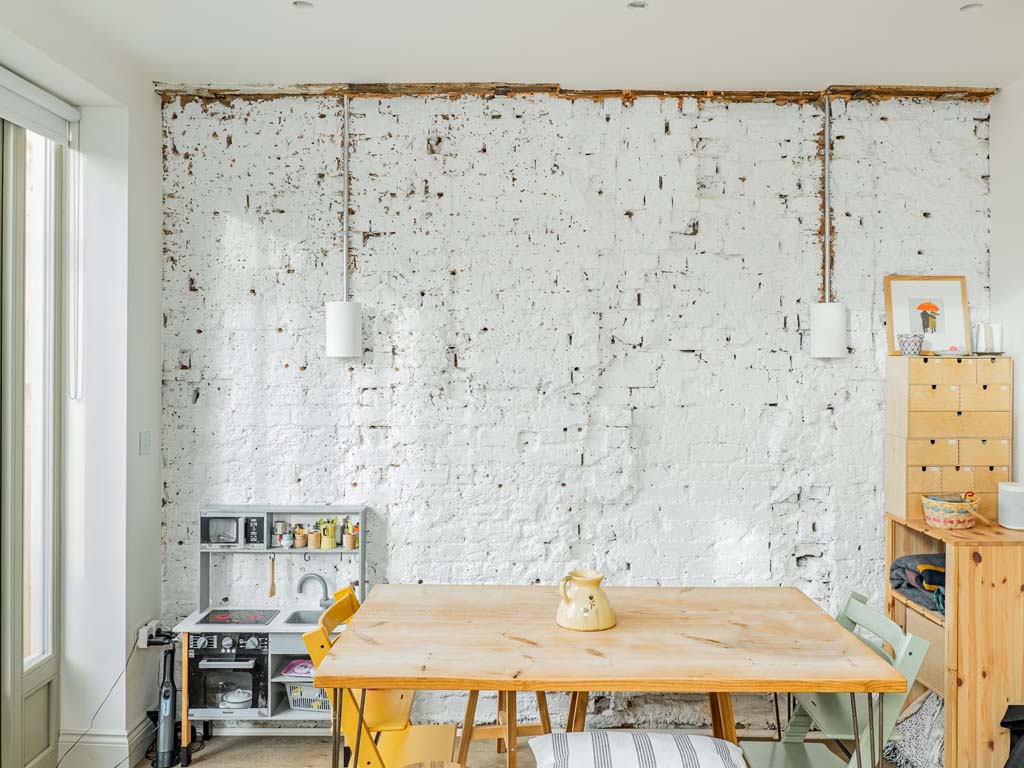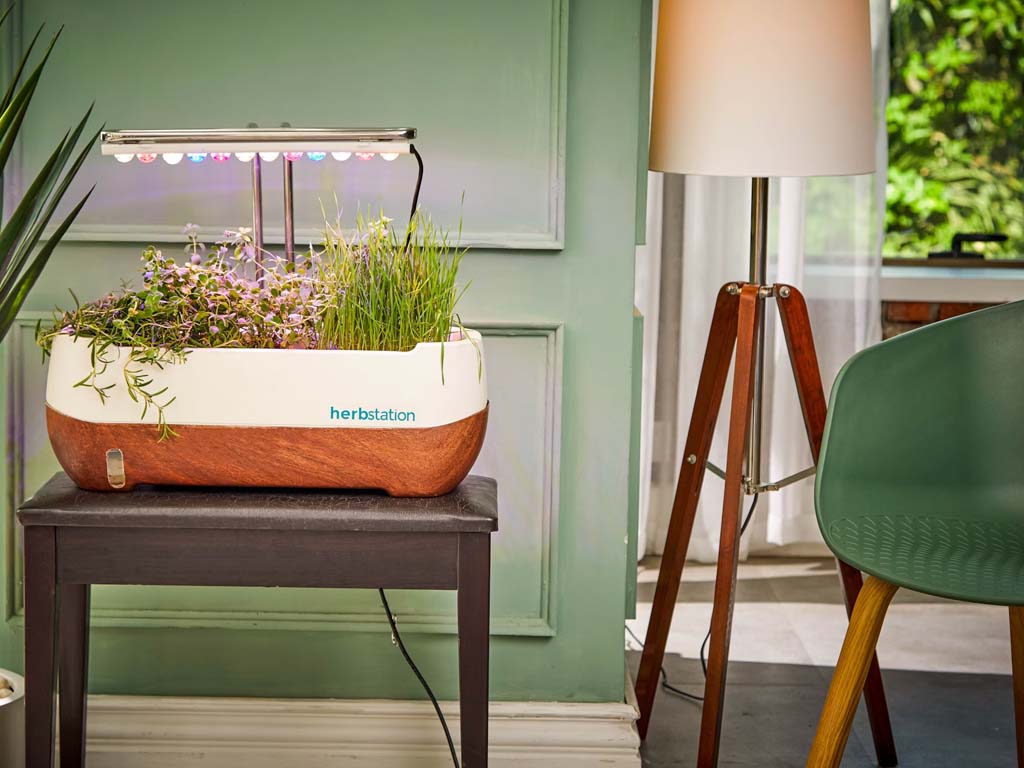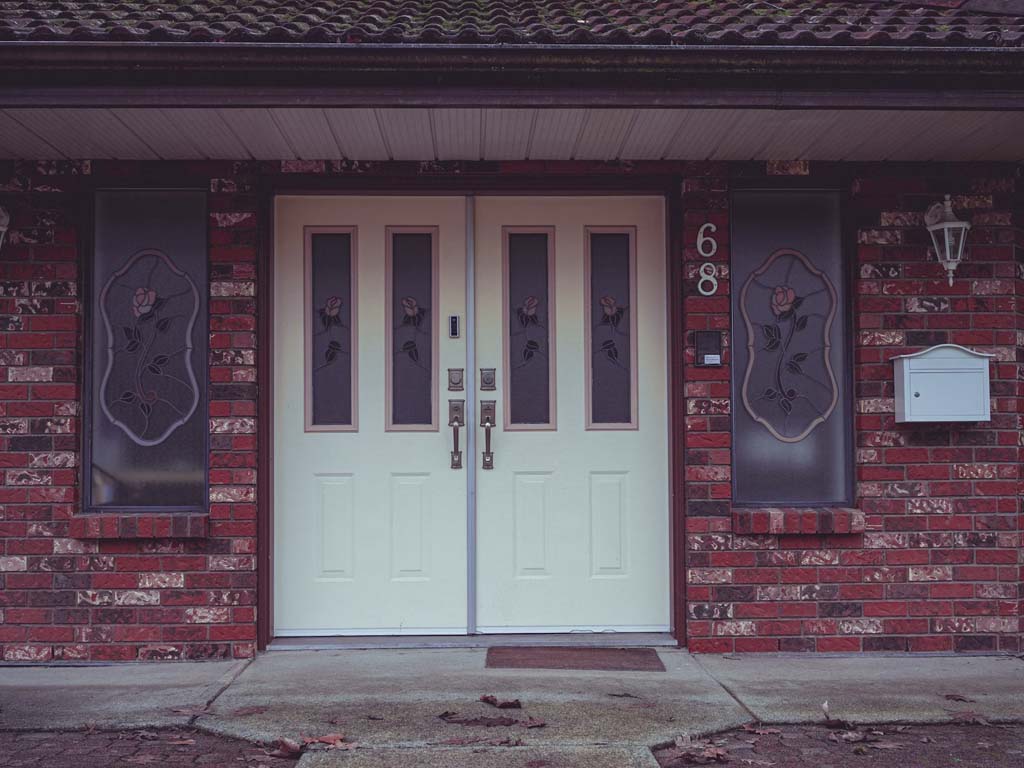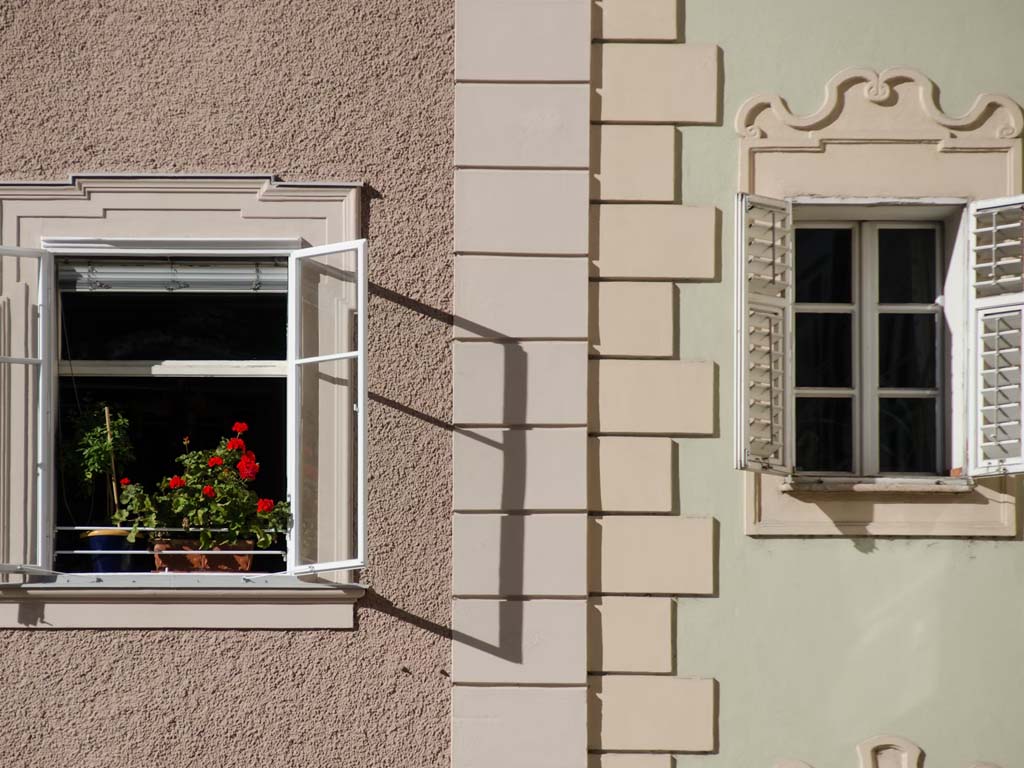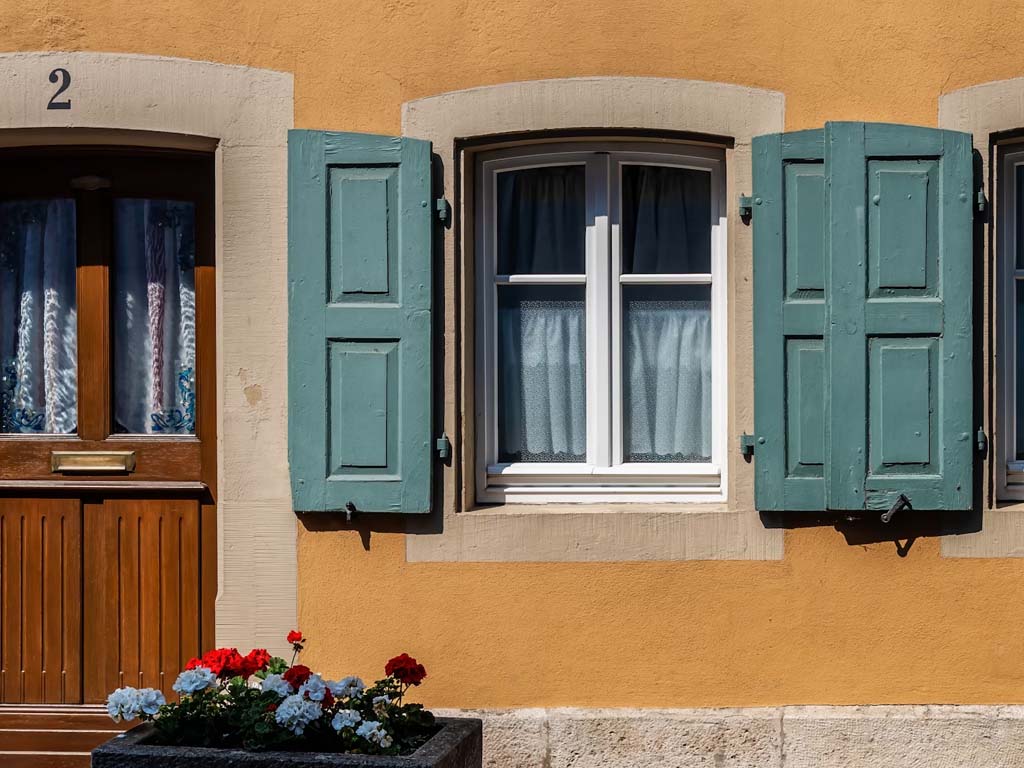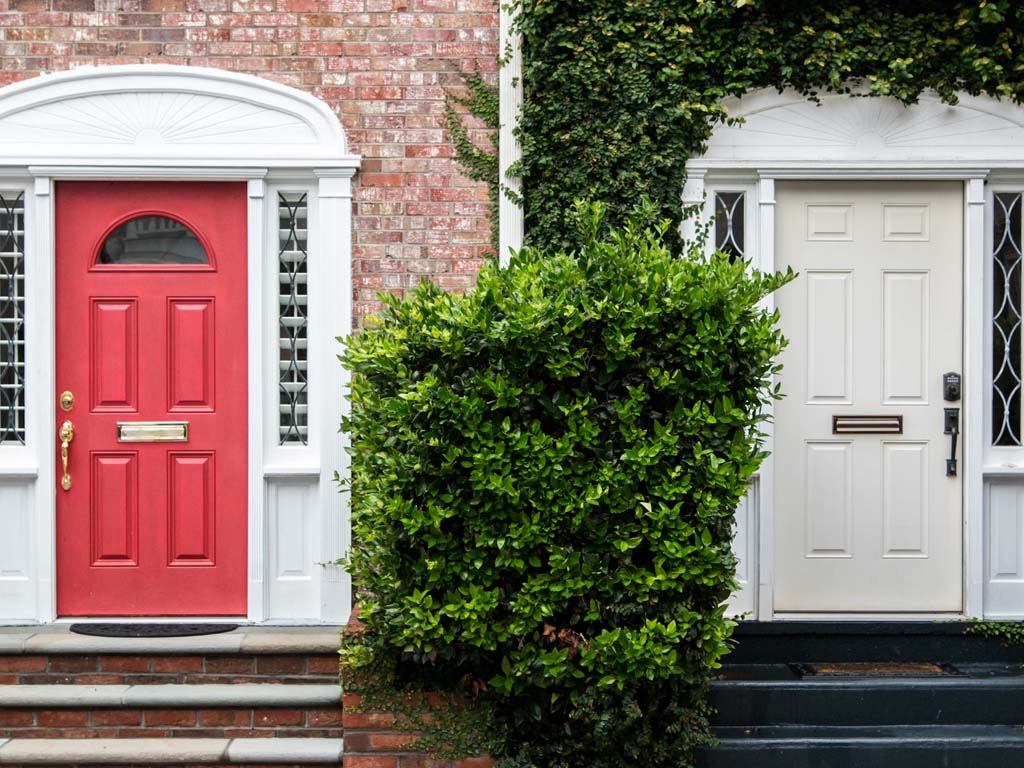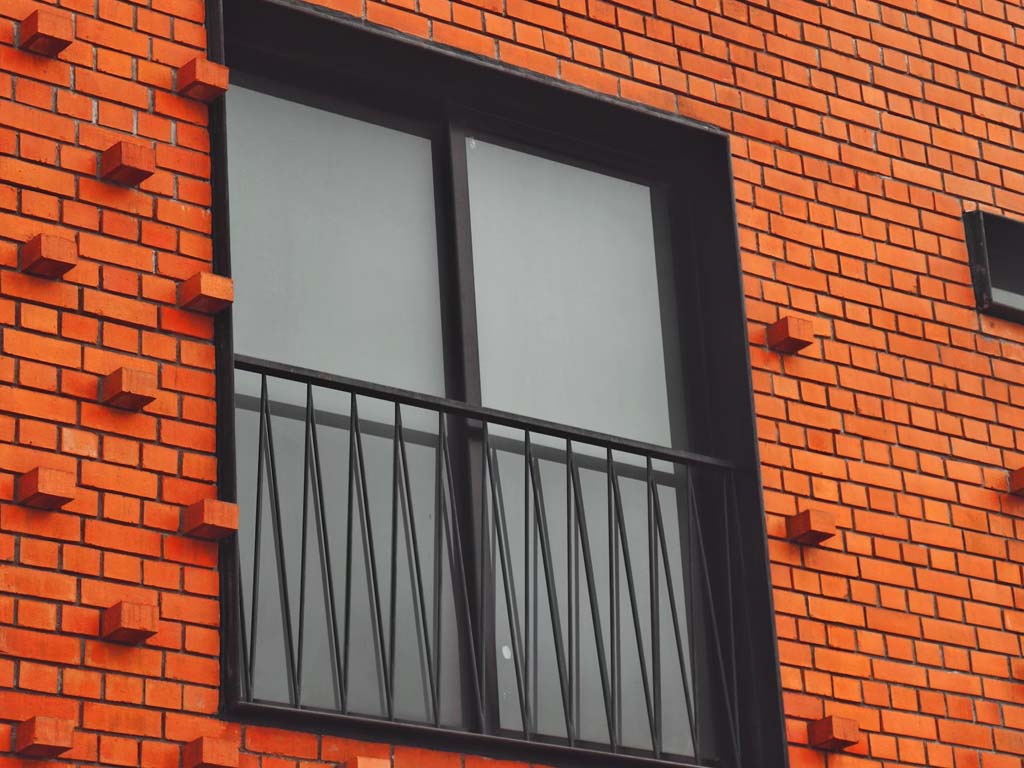Building your own custom bookshelf is a rewarding and cost-effective way to add both style and functionality to your home. Whether you’re an avid reader looking to display your book collection or just need additional storage space, a custom bookshelf can fit your unique needs. In this guide, we’ll walk you through every step of the process—from planning and measuring to the final installation. With a few basic tools and materials, you can create a stunning bookshelf that complements your space perfectly.
Why Build a Custom Bookshelf?
Before we dive into the DIY process, let’s take a moment to explore why building a custom bookshelf is worth considering:
1. Tailored to Your Space: Custom bookshelves can be designed to fit specific spaces, such as small corners, awkward nooks, or wide open walls, ensuring that every inch is utilized effectively.
2. Personalized Design: Whether you prefer a modern floating shelf design or a traditional, sturdy unit, building it yourself allows you to choose the style, materials, and finish that suit your taste.
3. Cost-Effective: Custom bookshelves can be expensive if purchased pre-made, but building one yourself can save you money while offering high-quality results.
4. Satisfaction: There’s a unique sense of accomplishment that comes with creating something by hand. A custom bookshelf adds a personal touch to your home and can be a lasting reminder of your efforts.
Now, let’s get started on your custom bookshelf journey!
Step 1: Plan Your Bookshelf
The first step in building any DIY project is to plan it out. Here’s how to get started:
1.1. Measure Your Space
Before you begin, take accurate measurements of the space where you want to place your bookshelf. Consider the following:
– Width: How wide do you want the bookshelf to be? Measure the length of the wall or area where you plan to install it.
– Height: How tall should your bookshelf be? A full-length bookshelf can make a statement, while a shorter, more compact shelf may be more appropriate for smaller spaces.
– Depth: How deep do you want the shelves to be? Keep in mind that most books are between 8 and 12 inches deep, so choose a depth that suits your storage needs.
– Number of Shelves: How many shelves will you need? Take into account how many books (or other items) you plan to store, and allow for a little extra space.
1.2. Choose a Design
Next, decide on the type of bookshelf you want. There are several options to consider:
– Floating Shelves: These shelves are attached directly to the wall, giving them a modern and minimalist look.
– Freestanding Bookshelf: A traditional bookshelf with a frame and legs, often made of wood.
– Corner Bookshelf: Perfect for utilizing underused corner spaces, this design often involves angular shelves that fit neatly into a room’s corners.
– Wall-Mounted Shelves: Mounted high on the wall, these shelves can be either single shelves or part of a larger shelving system.
Consider the style and aesthetic of your room. Will the bookshelf match the existing furniture and decor? Do you want a rustic, industrial, modern, or minimalist look?
Step 2: Gather Materials and Tools
Once you have your design planned out, it’s time to gather your materials and tools. Here’s a list of what you’ll need:
Materials:
– Wood (plywood or solid wood depending on your design)
– For a standard bookshelf, you’ll need:
– 1 or 2 large pieces for the sides
– 3 to 5 pieces for the shelves (depending on the height of the bookshelf)
– A piece for the back panel (optional)
– Screws (wood screws or shelf pins, depending on the design)
– Wood glue
– Wood filler (optional, for filling holes and imperfections)
– Paint or wood stain (optional, for finishing the bookshelf)
– Brushes or rags (for staining/painting)
– Hardware (shelf brackets or support brackets if needed)
Tools:
– Tape measure
– Saw (a circular saw or miter saw is ideal for cutting wood)
– Drill with drill bits (for screws and pilot holes)
– Screwdriver
– Level (to ensure everything is straight)
– Sander (or sandpaper for a smoother finish)
– Paintbrush or roller (if finishing with paint or stain)
Step 3: Cut and Prepare the Wood
Once you’ve gathered all your materials, it’s time to start cutting your wood.
3.1. Measure and Cut the Wood
Using your tape measure, mark the dimensions of each piece of wood. Double-check your measurements to ensure everything fits perfectly. Here’s what you’ll need to cut:
– Side Panels: Two pieces that will form the sides of your bookshelf.
– Shelves: Several pieces for the horizontal shelves that will hold your books.
– Back Panel (optional): A piece of wood to cover the back of the bookshelf, offering additional support and stability.
Use a saw to carefully cut along your marks. If you’re not comfortable cutting large pieces yourself, you can have the hardware store cut the wood for you, or consider using a professional woodworker for assistance.
3.2. Sand the Edges
Once your wood pieces are cut, use sandpaper or a sander to smooth the edges. This will give your bookshelf a professional and polished look. Don’t forget to sand the faces of the wood as well, especially if you’re going to stain or paint it.
Step 4: Assemble the Bookshelf
With all the pieces cut and sanded, it’s time to assemble your bookshelf.
4.1. Attach the Shelves
Start by attaching the side panels to the shelves. You can either use screws to directly attach the shelves to the sides, or you can use shelf brackets or pins for adjustable shelves.
– Direct Screws: Drill pilot holes on the sides of the shelves and use screws to attach them to the side panels.
– Shelf Brackets: Attach brackets to the side panels and then place the shelves on top.
– Shelf Pins: Drill holes in the sides of the bookshelf for the pins to rest in, then insert the pins and place the shelves on top.
Make sure everything is level as you go along to ensure the shelves are straight.
4.2. Attach the Back Panel (Optional)
If you’ve chosen to include a back panel, now is the time to attach it. Simply position it at the back of the bookshelf and secure it with nails or screws. The back panel will add extra stability and keep books from falling through the gaps.
4.3. Secure the Bookshelf to the Wall (Optional)
If you’re building a tall bookshelf or one with floating shelves, it’s a good idea to secure the bookshelf to the wall to prevent tipping. Use a stud finder to locate the studs in the wall and then secure the bookshelf to the wall with brackets or screws.
Step 5: Finishing Touches
With the bookshelf assembled, you can now move on to the finishing touches to make it truly your own.
5.1. Stain or Paint the Wood
Once your bookshelf is assembled, you’ll want to finish it with a wood stain or paint. This will enhance the wood’s natural beauty or give it a more modern, colorful look. If you choose to stain, apply the stain with a brush or rag and wipe off the excess. If you prefer paint, apply a coat of primer followed by a few coats of your chosen color.
Let the bookshelf dry completely before moving it into place.
5.2. Fill Any Gaps or Holes
If you have any visible screw holes or gaps in the wood, fill them with wood filler. Once the filler is dry, sand it smooth to create a seamless finish.
5.3. Seal the Wood
For added protection and durability, consider sealing the wood with a clear polyurethane finish. This will help protect your bookshelf from moisture, scratches, and other wear and tear.
Step 6: Install and Enjoy
Once the paint or stain is fully dry, it’s time to move your bookshelf into place. Arrange your books, decorative pieces, or any other items you want to display. Stand back and admire your hard work—it’s truly amazing to see your custom bookshelf come together.
Tips and Tricks for Success
– Be Patient: Take your time when measuring and cutting the wood. Accuracy is key to ensuring that everything fits properly.
– Consider Adjustable Shelves: If you want flexibility in the future, consider using shelf brackets or shelf pins so you can adjust the height of the shelves.
– Don’t Skip the Level: Always check your shelves for levelness during assembly. A crooked bookshelf can throw off the entire look.
– Personalize Your Design: Add extra features like built-in lighting, decorative molding, or open cubby spaces for a unique look.
Conclusion
Building a custom bookshelf is a rewarding and functional project that will enhance your home and make your space more organized. With the right tools, materials, and a little patience, you can create a bookshelf that’s tailored to your needs and adds a beautiful touch to your home décor. Whether you’re storing books, displaying collectibles, or simply creating more storage, your DIY bookshelf will be a proud accomplishment for years to come!
